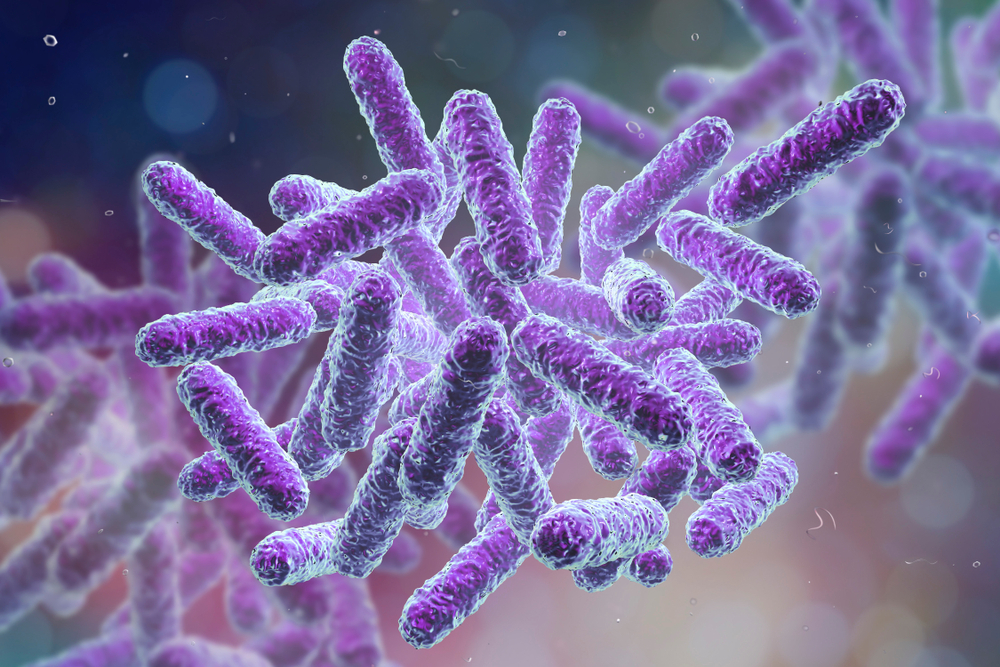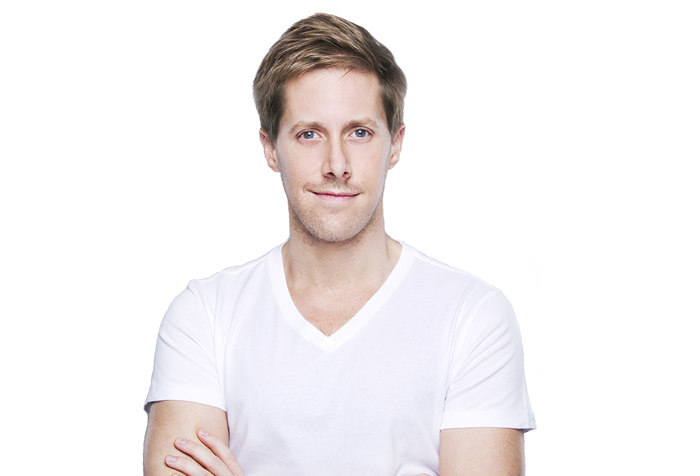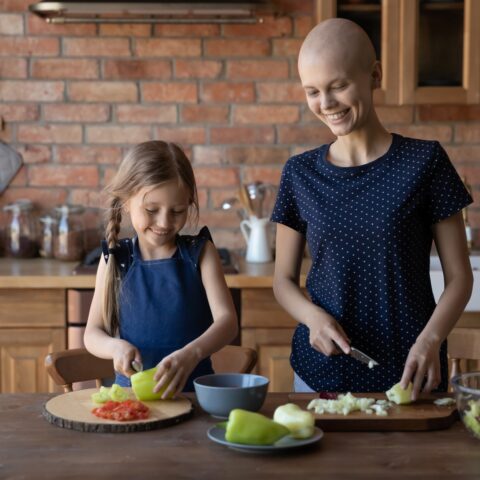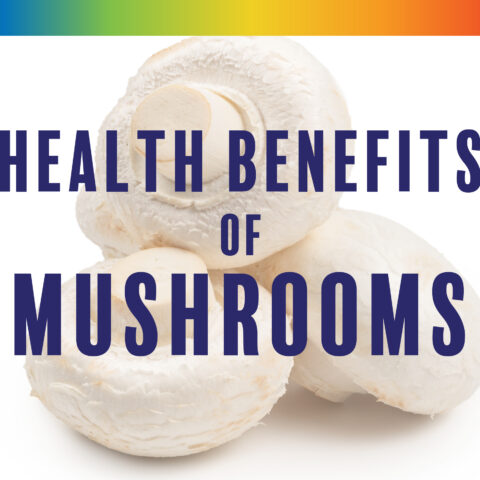How the Paleo Lifestyle Optimizes the Microbiome: Part One

In 2001, Nobel-prize winning biologist Joshua Lederberg coined the term “microbiome, to signify the ecological community of commensal, symbiotic, and pathogenic microorganisms that literally share our body space and had been all but ignored as determinants of health and disease.”1 Fifteen years later, the microbiome has become one of the most important areas of nutrition research. For example, in 2007, the National Institutes of Health launched the Human Microbiome Project (HMP), which was funded to the tune of $170 million over five years of research.
In Part 1 of this two-part series, we’ll examine what the microbiome is, what it does, and why it’s so important for health. We’ll also identify which foods and lifestyle practices benefit the microbiome and which promote dysbiosis (an imbalanced microbiome). In Part 2, we’ll see how and why western diets and lifestyles have wreaked havoc on the microbiome, and how the Paleo diet can reverse this damage.
What is the microbiome?
The human microbiome consists of some hundred trillion microbes living on and within the body, particularly on the skin, within the gastrointestinal tract, and within the urogenital tract. Having co-evolved in symbiotic relationships with these microbes, our health depends on them in many ways.
The composition of your microbiome is unique to you. It depends on numerous factors, including sex, age, genetics, environmental exposure, and lifestyle, but according to a recent 2015 British Medical Journal review, “diet has the largest known impact.”
So what constitutes a healthy microbiome? Broadly speaking, the name of the game is species diversity. The gut alone, house around 1,000 different microbial species, but as this number decreases, health suffers, and vice versa.2
What does the microbiome do?
So important is the microbiome that, according to the HMP, humans and other animals are “supraorganisms,” consisting of two genomes: one inherited from our parents; the other acquired from microbes3. The microbiome’s many roles in human health include the following, and more.4,5,6
- Synthesizing vitamins
- Aiding digestion
- Warding of pathogenic bacteria
- Training the immune system to respond only to pathogens
- Influencing cognitive development and behavior
What damages the microbiome?
The biggest offenders with respect to microbiome health are poor diet and antibiotics. To the latter, we can also add antimicrobial personal hygiene products, including certain soaps, toothpastes, and antiperspirants.
A new animal study suggests triclosan, an antimicrobial agent commonly used in personal hygiene products causes significant microbiome damage.7 Researchers stress that human studies have not yet been conducted, but this animal study nevertheless warrants concern. Lead author Thomas Sharpton commented, “Consider the diversity of chemicals we consume on a daily basis, any of which could have an unpredictable impact on the gut microbiome.”8
Antibiotic drugs, of course, are designed to destroy bacteria. Unfortunately, they destroy both good and bad bacteria, indiscriminately. Antibiotic drugs are essential—even lifesaving—in certain situations, but are notoriously overprescribed and wrongly prescribed. According to the CDC, “an estimated 50% of antibiotic prescriptions may be unnecessary or inappropriate in the outpatient setting.” 9
A single round of antibiotics has the potential to significantly disrupt the microbiome, the consequences of which are even more severe during early childhood, compared to adulthood. In general, antibiotics result in decreased microbiome diversity and increased drug-resistant microbes.10 We should avoid antibiotics, except when absolutely necessary.
Antibiotics pose a serious risk, but as mentioned above, diet is the strongest determining factor for microbiome health.11 Specifically, diets low in fiber cause the most problems. Additionally, refined sugar seems to be particularly pernicious, as it mediates the overgrowth of opportunistic bacteria like C. difficile and C. perfringens.12
What strengthens the microbiome?
Prenatal babies are nearly sterile, but during birth they are exposed to all sorts of microbes. Delivery style—vaginal versus cesarean—largely impacts the baby’s initial microbiome colonization, as do early feeding methods—breastfeeding versus formula.13,14 Vaginal birth and breastfeeding promote increased microbiome diversity and are therefore preferred, whenever possible.
Beyond this critical early-life phase, the most important factors for microbiome health are (1) avoiding things that damage the microbiome, described above, and (2) eating foods rich in microbiota-accessible carbohydrates (MACs). Don’t worry if you’ve never heard about MACs. You’re probably already eating them, and the Paleo diet provides plenty.
The most common source of MACs is fiber, both soluble and insoluble. Fiber is considered “indigestible,” because it provides no calories or energy, but our microbes metabolize fiber, which keeps the microbiome healthy while also producing beneficial compounds, like short-chain fatty acids.15
It’s important to eat a wide variety of fiber-rich vegetables, fruit, nuts, and seeds, but unfortunately MACs only feed existing strains of microbes, they don’t introduce new strains. According to a study published earlier this year in Nature, “over several generations, a low-MAC diet results in a progressive loss of diversity, which is not recoverable after the reintroduction of dietary MACs.” The researchers went on to say, “To restore the microbiota to its original state requires the administration of missing taxa in combination with dietary MAC consumption.”16 In Part 2, I’ll cover how to increase the diversity (number of taxa) of your microbiome.
Conclusions
So what can we conclude thus far? The Paleo lifestyle promotes increased microbiome diversity and, as we’ll see in Part 2, whenever scientists compare hunter-gather societies and urban populations, the former always have far more diverse microbiomes. The Paleo diet is particularly beneficial because it provides large amounts of fiber. On the other hand, because previous generations have been eating low-fiber diets, microbiome diversity has been declining. Consequently, probiotic supplementation might be necessary to restore missing taxa, in addition to a high-fiber Paleo diet to maintain a healthy microbiome and reap its benefits.
References
[1] Lederberg J, McCray AT. (2001). ‘Ome Sweet ‘Omics – A Genealogical Treasury of Words Genealogical Treasury of Words. Scientist, 15(7). Retrieved from https://lhncbc.nlm.nih.gov/publication/lhncbc-2001-047
[2] Xu Z, Knight R. (Jan 2015). Dietary effects on human gut microbiome diversity. British Medical Journal, 113(Suppl 0). Retrieved from //www.ncbi.nlm.nih.gov/pmc/articles/PMC4405705/
[3] Turnbaugh, PJ, et al. (Oct 2007). The human microbiome project: exploring the microbial part of ourselves in a changing world. Nature, 449(7164). Retrieved from //www.ncbi.nlm.nih.gov/pmc/articles/PMC3709439/
[4] D’Argenio V, Salvatore F. (Jan 2015). The role of the gut microbiome in the healthy adult status. Clinica Chimica Acta, 451. Retrieved from //www.sciencedirect.com/science/article/pii/S0009898115000170
[5] Abt MC, Pamer EG. (Aug 2014). Commensal bacteria mediated defenses against pathogens. Current Opinion in Immunology, 29. Retrieved from //www.ncbi.nlm.nih.gov/pubmed/24727150
[6] Smith PA. (October 14, 2015). The tantalizing links between gut microbes and the brain. Nature, 526(7573). Retrieved from //www.nature.com/news/the-tantalizing-links-between-gut-microbes-and-the-brain-1.18557
[7] Gaulke CA, et al. (May 2016). Triclosan Exposure Is Associated with Rapid Restructuring of the Microbiome in Adult Zebrafish. PLOS One, 11(5). Retrieved from //www.ncbi.nlm.nih.gov/pubmed/27191725
[8] Sifferlin A. (May 18, 2016). The Case Against Antibacterial Soap Is Getting Stronger. Time. Retrieved from //time.com/4339866/triclosan-antibacterial-soap-safety/
[9]Harris AM, et al. (Mar 2016). Appropriate Antibiotic Use for Acute Respiratory Tract Infection in Adults: Advice for High-Value Care From the American College of Physicians and the Centers for Disease Control and Prevention FREE. Annals of Internal Medicine, 164(6). Retrieved from //annals.org/article.aspx?articleid=2481815
[10] Langdon A, et al. (Apr 2016). The effects of antibiotics on the microbiome throughout development and alternative approaches for therapeutic modulation. Genome Medicine, 8(39). Retrieved from https://genomemedicine.biomedcentral.com/articles/10.1186/s13073-016-0294-z
[11] Brown K, et al. (Aug 2012). Diet-Induced Dysbiosis of the Intestinal Microbiota and the Effects on Immunity and Disease. Nutrients, 4(8). Retrieved from //www.ncbi.nlm.nih.gov/pmc/articles/PMC3448089/
[12] Brown K, et al. (Aug 2012). Diet-Induced Dysbiosis of the Intestinal Microbiota and the Effects on Immunity and Disease. Nutrients, 4(8). Retrieved from //www.ncbi.nlm.nih.gov/pmc/articles/PMC3448089/
[13] Neu J, Rushing, J. (Jun 2011). Cesarean versus Vaginal Delivery: Long term infant outcomes and the Hygiene Hypothesis. Clinics in Perinatology, 38(2). Retrieved from //www.ncbi.nlm.nih.gov/pmc/articles/PMC3110651/
[14]Madan JC, et al. (Mar 2016). Association of Cesarean Delivery and Formula Supplementation With the Intestinal Microbiome of 6-Week-Old Infants. JAMA Pediatrics, 170(3). Retrieved from //archpedi.jamanetwork.com/article.aspx?articleid=2479466
[15] Sonnenburg ED, Sonnenburg JL. (Nov 2014). Starving our Microbial Self: The Deleterious Consequences of a Diet Deficient in Microbiota-Accessible Carbohydrates. Cell Metabolism, 20(5). Retrieved from //www.cell.com/cell-metabolism/abstract/S1550-4131%2814%2900311-8?_returnURL=http:%2F%2Flinkinghub.elsevier.com%2Fretrieve%2Fpii%2FS1550413114003118%3Fshowall%3Dtrue[16] Sonnenburg ED, et al. (Jan 2016). Diet-induced extinctions in the gut microbiota compound over generations. Nature, 529(7585). Retrieved from //www.nature.com/nature/journal/v529/n7585/full/nature16504.html
Christopher Clark
Christopher Clark is an entrepreneur, food writer, and business owner with years of experience with nutrition.
More About The Author




